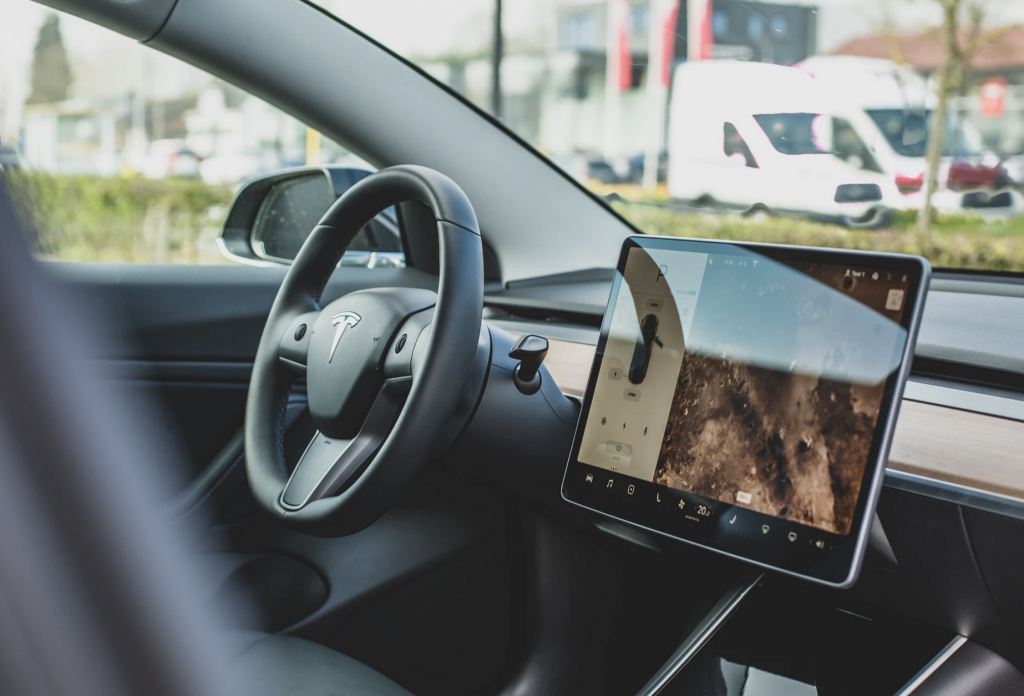
A report by Research and Markets shows that the global IoT automotive industry is expected to reach a revenue of $104 billion by 2023, according to Business Wire. You’ve probably heard about IoT a couple of times at the workplace, office, or school. There is no doubt you are also aware of how it’s improving our lives every day by streamlining processes and increasing efficiency. Nonetheless, you might still be puzzled by what is the Internet of Things and how it works, especially in the automotive industry.
When it comes to automotive technology, the uses of IoT are immense. Automakers around the globe are using the Internet of Things to enhance the driver experience. Here’s how the Automotive Industry utilizes IoT.
Enhanced Car-Buying Experience
The traditional way of car shopping is often stressful for potential buyers. Aside from finding a trustworthy dealership, you need to compare vehicles and negotiate prices. Because of this, many buyers spend a good amount of time searching and comparing car models before visiting a dealership. While shopping for a car online is convenient, the development of IoT technology in the automotive industry is enhancing the customer experience.
Nowadays, you don’t even need to set foot in your local dealership. With augmented and virtual reality technologies, you can inspect the exterior and interiors of a car from any location. What’s more interesting is that you can test drive cars, change the colors, and add or remove features of your preferred models, depending on your preference.
Predictive Maintenance
Gone are the days where you had to keep track of preventive maintenance and mileage to ensure your car functions efficiently. Modern cars are equipped with IoT integrated predictive maintenance systems that monitor different car parts in real-time. Through sensors fitted in various components of the vehicle, the system collects data and analyzes it to determine the car’s performance.
If there are potential faults, the system sends a warning to the driver days or even weeks before a malfunction occurs. With the information provided, a car owner can change engine oil, replace worn-out tires, repair the braking system, or other car parts.
Vehicle Connectivity
Thanks to the development of IoT technology, carmakers are developing connected vehicles, which are critical components of smart infrastructure. Additionally, vehicle connectivity offers numerous benefits to road users. By ensuring seamless vehicle-to-vehicle communication and IoT services, automakers are promoting driver safety, hence reducing traffic accidents.
Since cars can share data about speed, weather, location, and route through a single communication network, drivers can receive warnings of potential hazards. From the information shared by other drivers, you can pick a safer way to avoid traffic congestion, road accidents, and poor weather.
Better User Experience
Recently, we have witnessed the increased demand for connectivity not only in homes and offices but also inside the vehicle. Drivers and passengers want to stay connected to their social media apps and favorite entertainment. Because of its ability to connect infotainment systems with other in-car systems and external devices, automakers are utilizing IoT to meet demands from consumers.
With IoT infused infotainment systems in the car, drivers receive accurate and unlimited information regarding telematics and navigation on smartphones. Also, these systems connect with smartphones and a wide variety of entertainment options. By using Wi-Fi connectivity, car users can link their mobile phones with in-vehicle music systems and operate distantly. In the modern world, cars come with in-built infotainment systems like Android Auto and Apple PlayCard systems to ensure car users connect their Android or Apple phones without difficulties.
Fleet Management
There have been significant changes in fleet management since the application of IoT in the automotive sector. Using vehicle telematics enabled by the Internet of Things allow business owners to track vehicle location, speed, and other fleet diagnostic details. Sensors fitted in trucks collect and store data in the cloud. The information goes through a series of analytical processes where it is transformed into visual information. That way, fleet managers can monitor the navigation of trucks easily and take adequate measures to enhance productivity.
The benefits of IoT in fleet management include real-time location monitoring, tracking of weight or volume the truck is carrying, preventive maintenance, and route management. Fleet managers can also monitor truck performance like speed, mileage, and fuel in real-time. For managers interested in knowing about road conditions, time, and driver management, telematics provides detailed accounts, which are accessible via smartphone.
IoT, together with other technologies, is transforming the automotive industry. However, the Internet of Things, in particular, is creating endless possibilities for enhanced entertainment, road safety, car-buying experience, and preventive maintenance. IoT integrated telematics is improving the security of private cars and fleet, as it allows remote monitoring via smartphones.